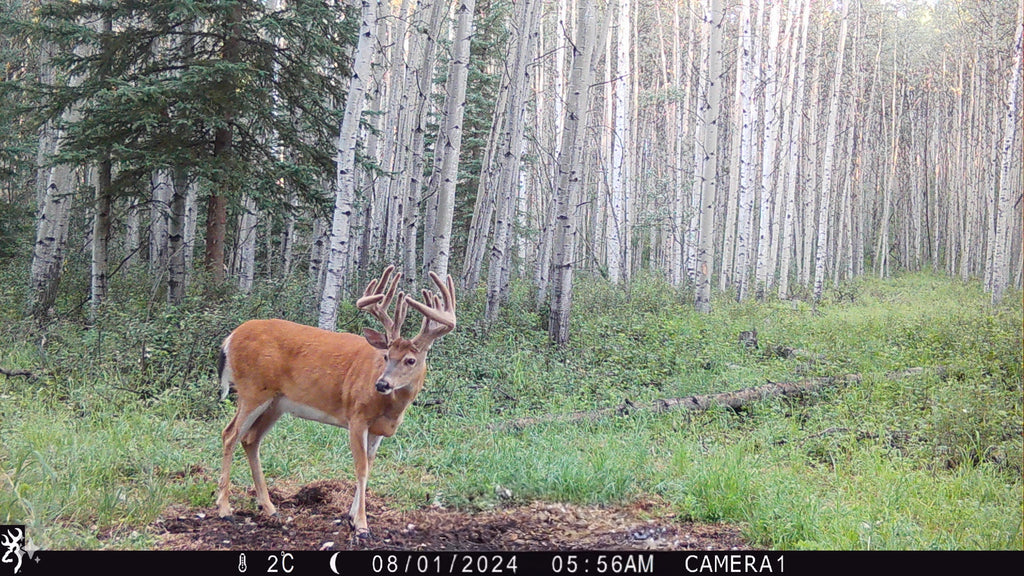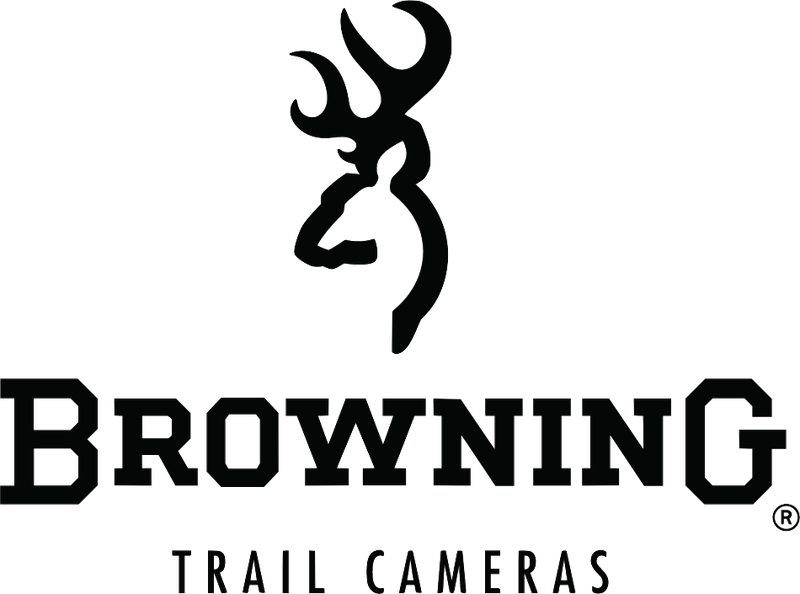Trail Camera Strategies to Pattern Deer Before the Rut

Image: Mike Bridger
As September winds down, deer behavior begins to shift. Bucks that spent the summer in bachelor groups start to break apart, and feeding patterns transition as acorns drop and agricultural fields are harvested. This is a critical window for hunters to gather as much intel as possible before the chaos of the rut begins. Trail cameras are one of the most powerful tools for patterning deer during this transitional period.
Focus on Food Sources and Travel Corridors
Early fall is all about food. Agricultural fields, food plots, and acorn-rich oak stands are prime locations to monitor. Placing trail cameras along travel corridors leading to these food sources can reveal not just where deer are feeding, but also when. The timing of deer movement is essential for setting up hunts later in the season.
Monitor Scrapes and Rub Lines
By late September, fresh scrapes and rub lines appear more frequently, signaling the shift toward pre-rut behavior. Positioning trail cameras over these areas can help you identify which bucks are frequenting the area, and how often they are visiting. This information gives you a clear idea of where to set up when the time is right.
Use Multiple Camera Angles
Instead of relying on a single camera at one location, consider setting up multiple cameras to cover an area from different angles. This strategy reduces the chance of missing activity and gives you a more complete picture of how deer are using the terrain. For example, if you have a camera on a field edge, place another 50 yards back in the timber to catch bucks before they enter the field.

Limit Pressure on Hunting Areas
While gathering trail camera data is valuable, it’s equally important not to disturb your hunting area with too much intrusion. Cellular trail cameras are especially useful during this time of year. They deliver real-time intel without requiring you to enter the woods and risk spooking deer. If you are using standard SD card cameras, check them sparingly and during midday hours when deer activity is low.
Fine-Tuning Your Hunting Plan
The information you gather in September helps lay the groundwork for success in October and November. By understanding which deer are frequenting your property, their travel times, and preferred food sources, you’ll be better prepared to make a move when the pre-rut heats up. Trail cameras take the guesswork out of patterning deer, giving you confidence in your setups.
